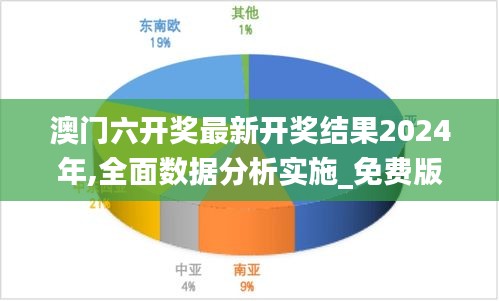Introduction to Standardized Content in English
In the digital age, the importance of standardized content in English cannot be overstated. With the global reach of the English language, it has become the lingua franca for communication, business, education, and entertainment. Standardized content ensures clarity, consistency, and effectiveness in conveying messages across different platforms and audiences. This article aims to explore the significance of standardized content in English, its benefits, challenges, and best practices for creating it.
Significance of Standardized Content
Standardized content in English serves several critical purposes:
Clarity: It ensures that the message is clear and easily understood by the target audience, regardless of their level of English proficiency.
Consistency: It maintains a consistent tone and style across all communication channels, reinforcing the brand identity and message.
Effectiveness: It is more likely to engage the audience and achieve the desired outcome, whether it's to inform, persuade, or entertain.
Accessibility: It makes content more accessible to people with disabilities, such as those who rely on screen readers or have visual impairments.
Benefits of Standardized Content
Creating standardized content in English offers numerous benefits:
Improved Communication: It reduces misunderstandings and misinterpretations, leading to more effective communication.
Brand Consistency: It helps build a strong brand identity and ensures that all communication reflects the brand's values and mission.
Increased Reach: Standardized content can be easily translated and localized, expanding the reach of the message to a global audience.
SEO Optimization: It can improve search engine rankings, making the content more visible to potential readers or customers.
Challenges in Creating Standardized Content
Despite its benefits, creating standardized content in English comes with its own set of challenges:
Language Complexity: English has many variations and dialects, which can make it difficult to maintain consistency.
Cultural Differences: What is considered standard in one culture may not be in another, requiring careful consideration of cultural nuances.
Technical Constraints: Different platforms and mediums may have specific formatting or character limitations that need to be adhered to.
Resource Allocation: Creating and maintaining standardized content requires time, effort, and resources, which may be limited in some organizations.
Best Practices for Creating Standardized Content
Here are some best practices to ensure the creation of high-quality standardized content in English:
Develop Style Guides: Create comprehensive style guides that outline the preferred tone, voice, and formatting for all content.
Use Clear and Concise Language: Avoid jargon and overly complex sentences to ensure clarity and accessibility.
Consistent Voice and Tone: Maintain a consistent voice and tone across all content to reinforce brand identity.
Proofreading and Editing: Thoroughly review and edit content to eliminate errors and ensure quality.
Localization Considerations: Adapt content to local cultures and languages when targeting a global audience.
Utilize Tools and Resources: Leverage grammar and style checking tools, dictionaries, and thesauri to maintain consistency.
Conclusion
Standardized content in English is essential for effective communication in today's interconnected world. By adhering to best practices and understanding the challenges involved, organizations can create content that is clear, consistent, and engaging. Whether it's for business, education, or personal use, the value of standardized content in English cannot be underestimated. As the global language continues to evolve, the importance of maintaining high standards in content creation will only grow.
转载请注明来自成都贝贝鲜花礼品网,本文标题:《规范内容英语:规范英语标语有哪些 》












 蜀ICP备2022005971号-1
蜀ICP备2022005971号-1
还没有评论,来说两句吧...